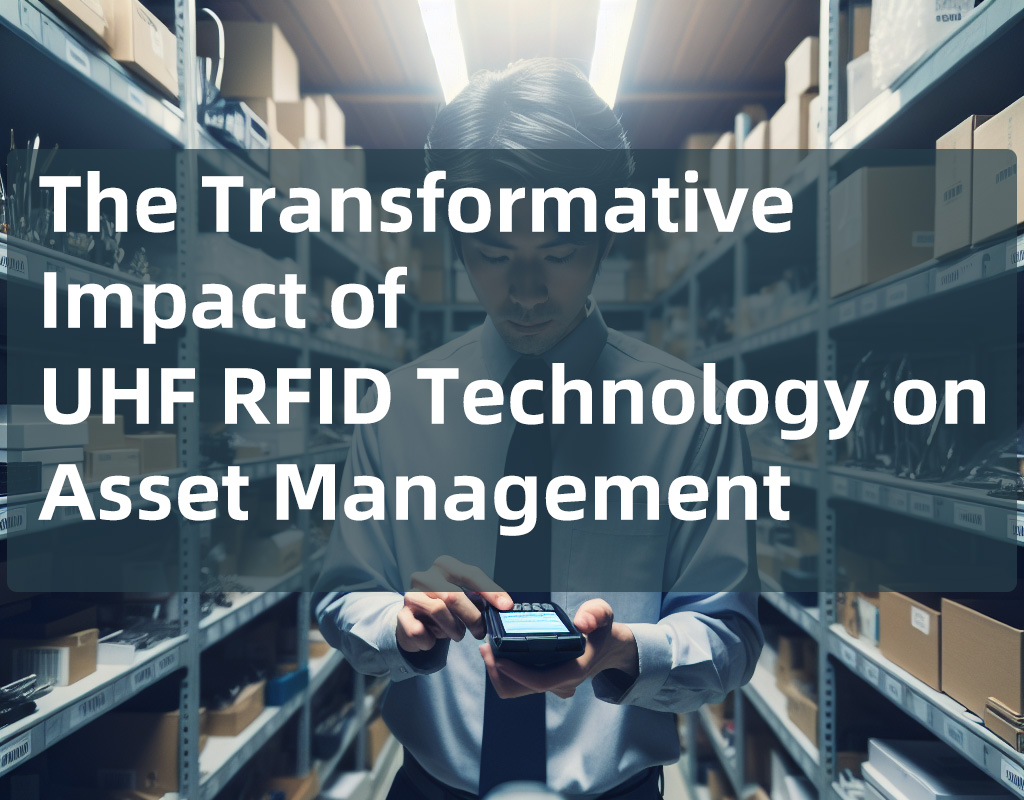Your location: Home Page > RFID Blog | SILION TECH > The Transformative Impact of UHF RFID Technology on Asset Management
News and Information
The Transformative Impact of UHF RFID Technology on Asset Management
Author:2024-01-22 15:51:01
In the fast-paced world of asset management, staying ahead of the curve is paramount. The advent of UHF RFID technology has revolutionized the landscape, offering a seamless solution to track and manage assets efficiently. In this blog post, we'll delve into the effects of implementing UHF RFID technology, its impact on future asset management, and the promising prospects it brings.

Effects of Implementing UHF RFID Technology:
The integration of UHF RFID technology brings a host of benefits to the table. One of the key advantages is real-time visibility into asset location and status. The ability to track assets with precision minimizes the risk of loss or misplacement, leading to improved overall efficiency.
Automation is another game-changer. The implementation of UHF RFID automates mundane tasks like asset audits, reducing human error and saving valuable time. This not only enhances accuracy but also frees up resources for more strategic and impactful tasks.
Cost-effectiveness is a significant factor. UHF RFID tags are durable and reusable, eliminating the need for constant replacements. This results in long-term cost savings for businesses, making UHF RFID a smart investment for streamlined asset management.
Impact on Future Asset Management and Prospects:
Looking ahead, the impact of UHF RFID technology on asset management is poised to grow exponentially. The seamless integration of UHF RFID into various industries, from healthcare to manufacturing, opens up new possibilities for optimizing operations.
The future promises enhanced security. UHF RFID tags can be used to implement access control systems, ensuring that only authorized personnel have access to critical assets. This not only safeguards valuable resources but also contributes to a more secure working environment.
Moreover, the data generated by UHF RFID technology provides a goldmine of insights. Analytics tools can harness this data to identify usage patterns, predict maintenance needs, and optimize asset distribution. The result is a more proactive and data-driven approach to asset management.
Potential Expansion and Improvement Directions:
As UHF RFID technology continues to evolve, there are exciting avenues for expansion and improvement. The miniaturization of RFID tags opens up possibilities for tracking smaller assets and even integrating them into wearable devices. This can revolutionize industries where precision and mobility are crucial.
Furthermore, collaboration and integration with other emerging technologies, such as IoT and AI, hold immense potential. Imagine a future where assets communicate not only their location but also their condition and usage patterns in real-time. This interconnected ecosystem can lead to unprecedented levels of efficiency and productivity.
Improving UHF RFID technology's energy efficiency is another focus for the future. Advances in battery technology or even energy harvesting methods can extend the lifespan of RFID tags and reduce environmental impact, aligning asset management practices with sustainability goals.
The implementation of UHF RFID technology has already proven to be a game-changer in asset management. The real-time visibility, automation, and cost-effectiveness it brings are just the beginning. Looking forward, the future of asset management is bright, with enhanced security, data-driven insights, and exciting possibilities for expansion.
Businesses that embrace and adapt to these changes stand to gain a competitive edge in the evolving landscape of asset management. UHF RFID technology is not just a tool; it's a catalyst for innovation, efficiency, and a more connected future. The journey has just begun, and the prospects are limitless. Stay tuned for the next chapter in the evolution of asset management!